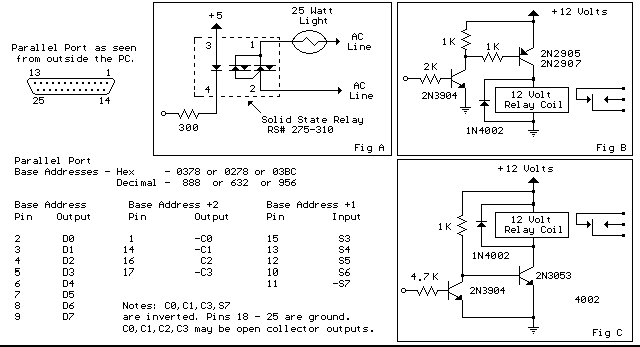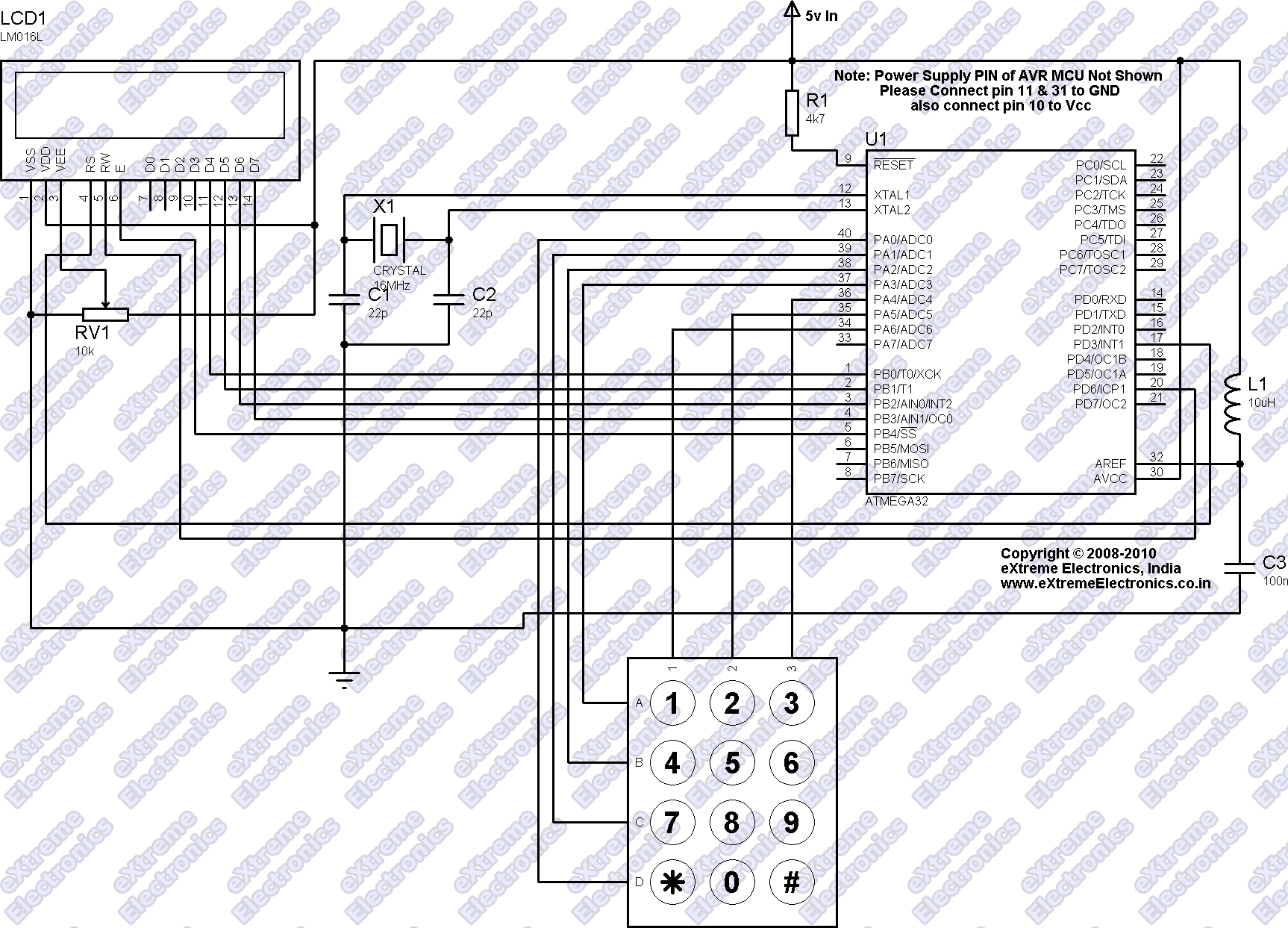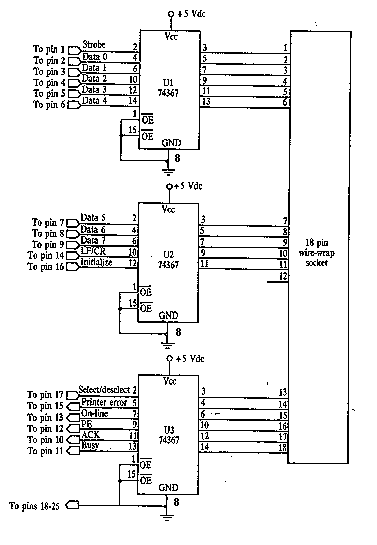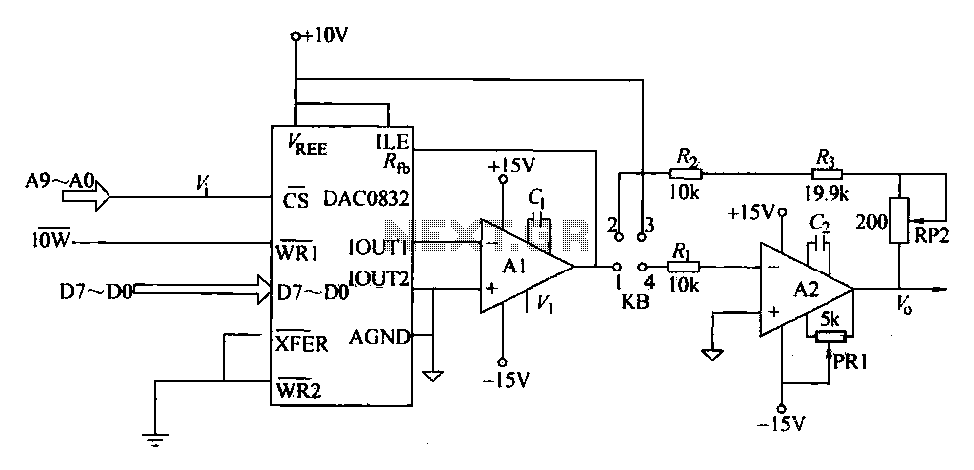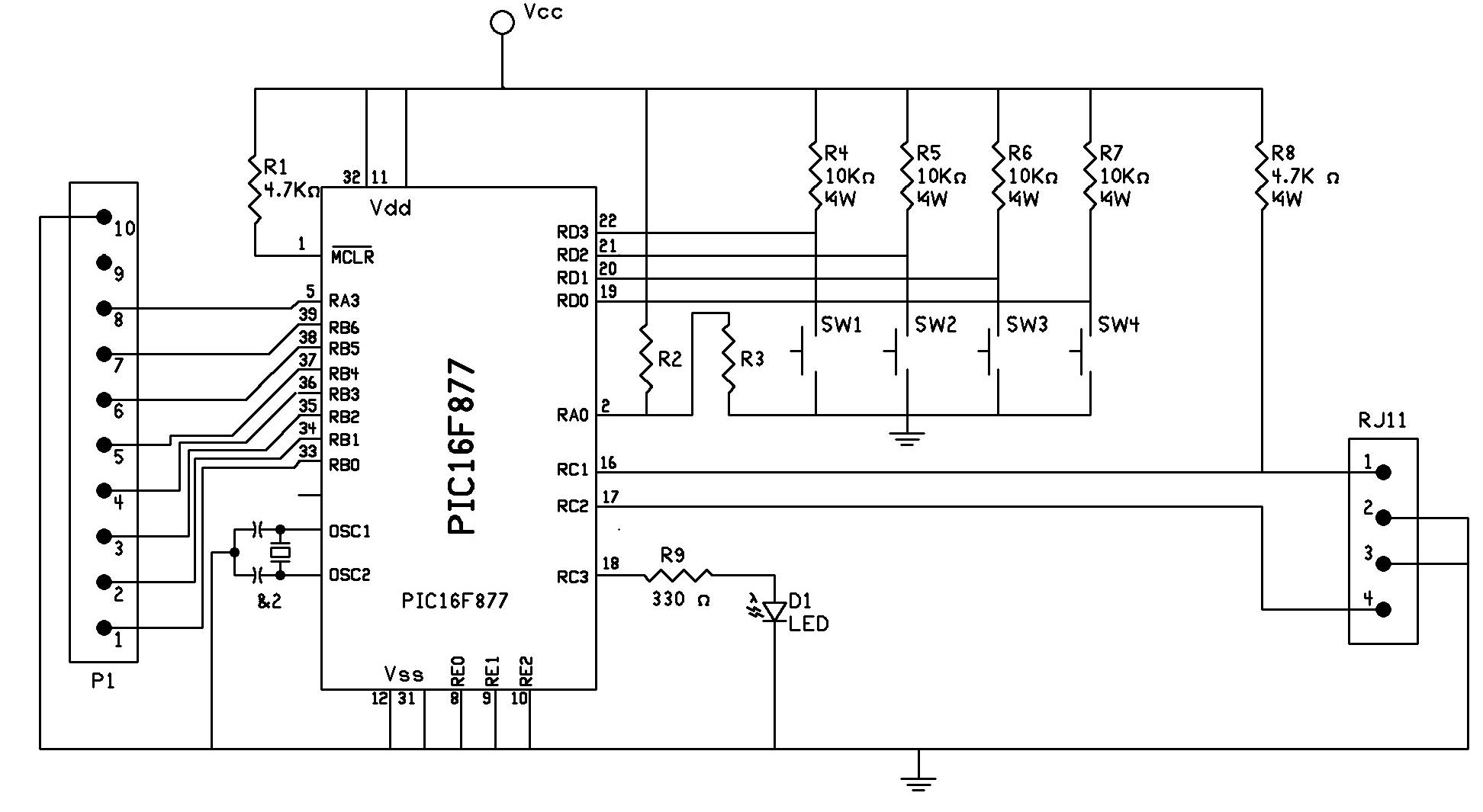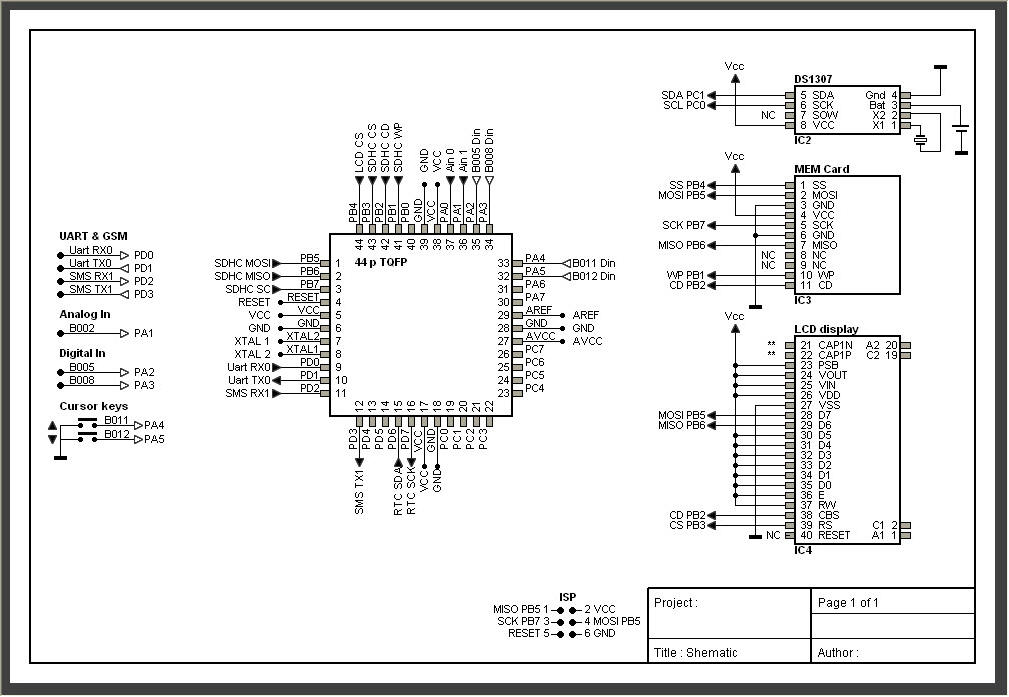
Fiberoptic interface
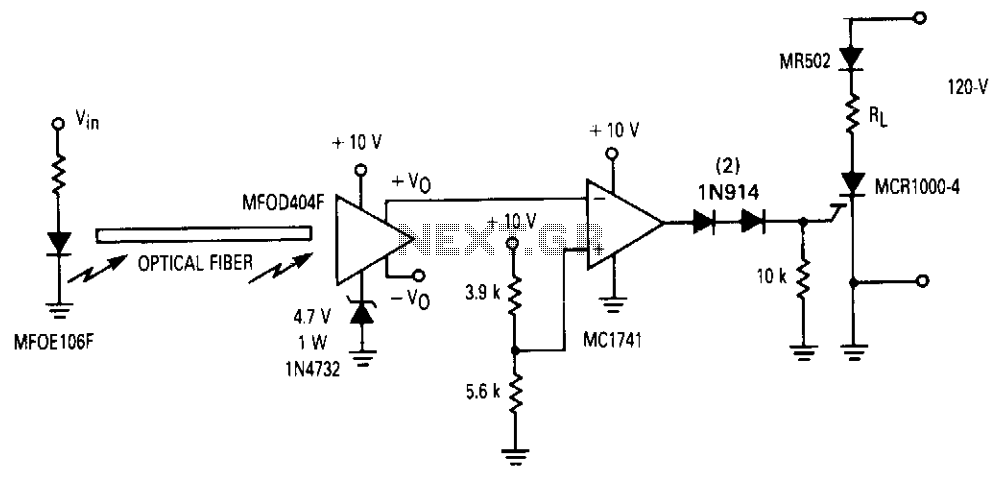
An operational amplifier (op amp) is utilized to connect a fiber optic system with a MOS SCR for multi-cycle, half-wave control of a load. This receiver features two complementary outputs: one maintains a quiescent level of approximately 0.6 V, while the other is at 3 V. By incorporating a 4.7 V zener diode in series with the return bus, the effective quiescent voltage (VqC) is increased to 5.3 V, allowing the 0.6 V output to be elevated to around 5.3 V. This level is compatible with the reference input (5.9 V) of the single-ended powered op-amp functioning as a comparator.
The described circuit utilizes an operational amplifier to interface a fiber optic system with a MOS silicon-controlled rectifier (SCR), enabling efficient control of a load through a multi-cycle, half-wave method. The operational amplifier serves as a crucial component in signal processing, converting the optical signals into electrical signals suitable for the SCR control.
The receiver's dual output configuration provides versatility in signal handling. The first output, resting at 0.6 V, is crucial for low-power applications, while the second output, at 3 V, is designed for higher power requirements. The addition of a 4.7 V zener diode in series with the return bus enhances the system's voltage levels, effectively raising the quiescent voltage to 5.3 V. This adjustment ensures that the low output level of 0.6 V can be translated into a higher voltage suitable for interfacing with subsequent stages in the circuit.
The compatibility with the op-amp's reference input of 5.9 V is significant, as it allows the op-amp to function effectively as a comparator. This configuration enables the op-amp to compare the input signals and produce a corresponding output, which is essential for precise control of the SCR. The design ensures that the operational amplifier operates within its optimal range, thus maintaining stability and reliability in the overall system performance.
In summary, this circuit design effectively integrates various components to achieve a robust solution for controlling loads in fiber optic applications. The careful selection of voltage levels and the use of a zener diode for voltage translation are fundamental to ensuring the compatibility and functionality of the operational amplifier within the circuit.An op amp is used to interface between a fiberoptic system and the MOS SCR to multi-cycle, half-wave control of a load. This receiver has two complementary outputs, one at a quiescent level of about 0.6 V and the second at 3 V.
By adding a 4.7 V zener in series with the return bus, the effective VqC becomes 5.3 V and also the 0.6 V output level is translated up to about 5.3 V. This level is compatible with the reference input (5.9 V) of the single-ended powered op-amp acting as a comparator. 🔗 External reference
The described circuit utilizes an operational amplifier to interface a fiber optic system with a MOS silicon-controlled rectifier (SCR), enabling efficient control of a load through a multi-cycle, half-wave method. The operational amplifier serves as a crucial component in signal processing, converting the optical signals into electrical signals suitable for the SCR control.
The receiver's dual output configuration provides versatility in signal handling. The first output, resting at 0.6 V, is crucial for low-power applications, while the second output, at 3 V, is designed for higher power requirements. The addition of a 4.7 V zener diode in series with the return bus enhances the system's voltage levels, effectively raising the quiescent voltage to 5.3 V. This adjustment ensures that the low output level of 0.6 V can be translated into a higher voltage suitable for interfacing with subsequent stages in the circuit.
The compatibility with the op-amp's reference input of 5.9 V is significant, as it allows the op-amp to function effectively as a comparator. This configuration enables the op-amp to compare the input signals and produce a corresponding output, which is essential for precise control of the SCR. The design ensures that the operational amplifier operates within its optimal range, thus maintaining stability and reliability in the overall system performance.
In summary, this circuit design effectively integrates various components to achieve a robust solution for controlling loads in fiber optic applications. The careful selection of voltage levels and the use of a zener diode for voltage translation are fundamental to ensuring the compatibility and functionality of the operational amplifier within the circuit.An op amp is used to interface between a fiberoptic system and the MOS SCR to multi-cycle, half-wave control of a load. This receiver has two complementary outputs, one at a quiescent level of about 0.6 V and the second at 3 V.
By adding a 4.7 V zener in series with the return bus, the effective VqC becomes 5.3 V and also the 0.6 V output level is translated up to about 5.3 V. This level is compatible with the reference input (5.9 V) of the single-ended powered op-amp acting as a comparator. 🔗 External reference
